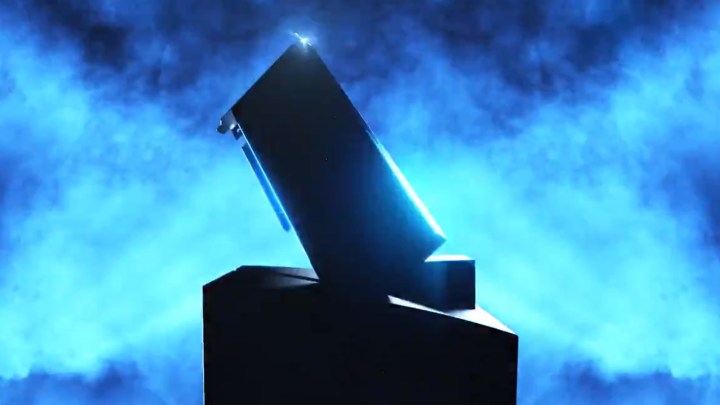
Intel is looking to make the dedicated graphics market a three-horse race within the next couple of years. It teased a brand-new graphics card at the Siggraph 2018 show, where it announced plans to “set [its] graphics free.” A silhouette of a full-size graphics card completed the hint at future potential and has PC users cautiously excited about what it all might mean for the industry.
Although the graphics card market in the 1990s was contested by a number of companies offering competing architectures, the only two industry giants who survived those wars were Nvidia and AMD. Since the turn of the century they’ve been the only two graphics card companies that have really mattered in the gaming space, and even then, AMD has often played a distant second-fiddle. Intel has always had its place in graphics with its Intel HD onboard solutions offered in almost all of its CPUs, but 2020 could see it introduce its first dedicated graphics card in decades.
We will set our graphics free. #SIGGRAPH2018 pic.twitter.com/vAoSe4WgZX
— Intel Graphics (@IntelGraphics) August 15, 2018
Intel confirmed it was working on a graphics card earlier this year, highlighting at the time that there was a very good reason it had hired Raj Koduri, ex-head of AMD’s Radeon graphics division, to aid in its development. Koduri is currently the chief architect, senior vice president, and general manager of Intel’s Core and Visual Computing Group.
The announcement and the subsequent tweet embedded above give us precious little additional detail, but do suggest Intel is putting a lot of its manufacturing and marketing muscle behind the project. It makes the claim that the project will “set our graphics free,” which is a relatively hyperbolic comment, but the fact that it follows it up by saying that this is “just the beginning,” suggests that Intel may be making a permanent move into the GPU development and manufacturing market.
Considering companies like Nvidia seem poised to refocus their efforts on A.I., automation, and machine learning, that’s exciting news for gamers who have suffered under pricing and availability issues for the best part of a year and a half.
Although it has technically been 20 years since Intel’s last graphics card, it has worked on dedicated graphics hardware in the intervening years. Project Larabee was an ambitious design which ultimately turned into a multicore co-processor rather than a graphics card, but did offer impressive enough performance to find its way into supercomputers.



